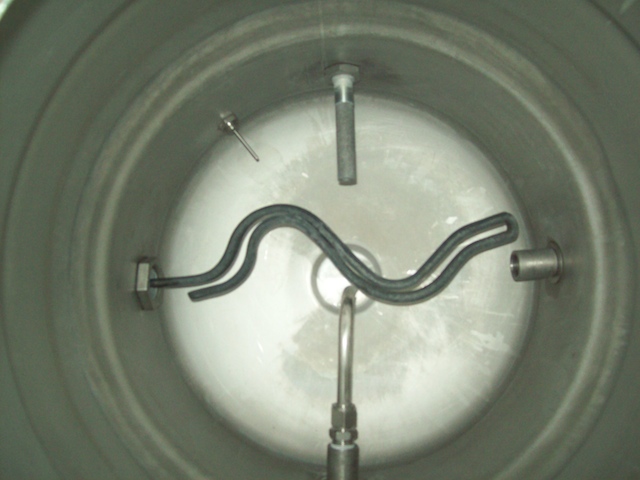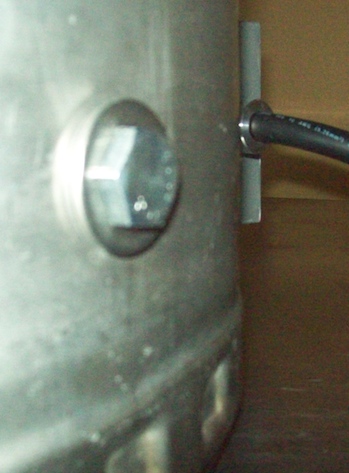jsguitar
Well-Known Member
Yes it does. I was planning the same thing but I only have one small spot of rust that does not seem to be growing so I am not doing anything with mine. I also have the fire starter just in case I decide to go "man vs wild" at any moment.
Lol. That's interesting that it started but didn't get worse. That seems to be against the very nature of rust! Well, mine is very aggressive so I'll update if it works, because if it works for me it will work for anyone. I guess in part it has do with water chemistry.




























![Craft A Brew - Safale BE-256 Yeast - Fermentis - Belgian Ale Dry Yeast - For Belgian & Strong Ales - Ingredients for Home Brewing - Beer Making Supplies - [3 Pack]](https://m.media-amazon.com/images/I/51bcKEwQmWL._SL500_.jpg)

































